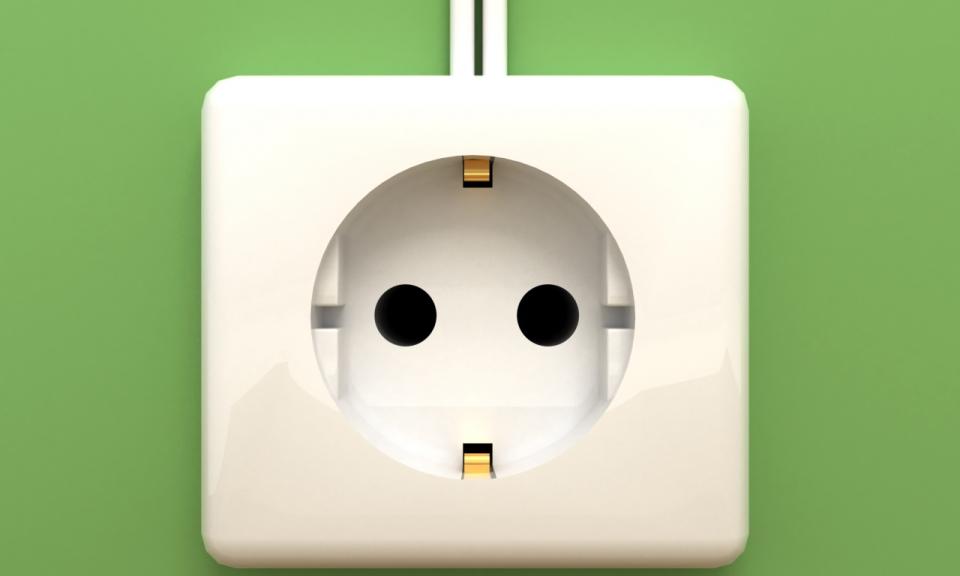
Written by
Published
Category
Key topics
As we look at ways to boost the use of sustainable energy, electricity is crucial – but the current system needs a major rethink
Electricity drives everyday life all over the world. Yet its management and delivery vary hugely as a result of different historic, economic and geographical factors. Across much of the West, it has developed into versions of a national grid, but with little conscious design.
As we urgently focus on renewables to reduce greenhouse gases, the need for electricity will continue to rise exponentially. But the national grid model – a very centralised, cost-intensive system that struggles to respond to fluctuating demand – may not be capable of functioning in a way that is responsive, cost-effective and sustainable.
Heavy government regulation often caps escalating prices for consumers. This means the system cannot benefit from the equilibrium of an open market where supply and demand balance each other, and where the many participants in electricity generation, supply and use are incentivised to "do the right thing" in protecting our planet. If we all bought electric cars tomorrow, it’s highly likely the UK's national grid would grind to a halt.
It’s time to rethink how electricity is managed and delivered – urgently
What if we were to overlay some of the principles of the banking system onto our current electricity system and consider kilowatt hours of energy as monetary units that could be traded on an open market? What if today’s consumers could be encouraged to become tomorrow’s "prosumers", taking a more active role in their energy usage and selling back what they don’t use for others to buy, or exchanging kilowatt hours for other products and services?
We have been working on a concept with the potential to change the way we deliver and consume electricity at a time when there is increasing urgency to reduce our dependence on other forms of energy. Our proposal is effectively an ecosystem that decentralises the supply of electricity, puts the onus on consumers to anticipate their own demand and buy ahead, and creates a market for the exchange of unused kilowatt hours.
By creating a system of central grids that produce and store consistent levels of electricity for distribution to several smaller microgrids, we create a more agile system that can respond to local increases in demand and facilitate the movement of kilowatt hours as required. Governments would still play a key role in licensing, regulating, and preventing monopolies, and insurance policies would protect each party from the potentially negative impacts of an open market.
There are significant benefits to this model.
1. Creating "prosumers"
Our model shifts responsibility for anticipating demand from energy suppliers to end users by requiring them to secure a forward contract for electricity based on their anticipated usage. If they overestimate, they can sell their unused kilowatt hours and, if they underestimate, they can buy more. It puts end users in control and creates a more accurate prediction of demand for suppliers. It also encourages a "prosumer mentality", as money can effectively be earned by generating electricity – a model that already exists for a minority.
2. Encouraging service innovation
It creates opportunities for existing utility companies to act as intermediaries, providing additional services (eg. alerts about changes in weather, or key events that may increase data usage) or transaction fees, to enhance their business model beyond electricity supply. Their role would be akin to that of banks in the banking system, overseeing transactions and providing some regulatory oversight.
3. Spreading capital investment
Shifting the responsibility for managing demand downstream and creating more accurate forecasts of demand means that less contingency investment is required by central grid operators. Microgrids would then become a buffer, managing their own local demand, supply and storage of electricity in a more agile manner.
4. Creating storage buffers
Storage in various forms becomes a central design feature of our new model: on a large scale for central grid operators, on a smaller scale for microgrid operators, and on a household scale for individual consumers. This means less wastage and a greater ability to manage demand at source.
5. Synchronising payment and consumption
By forecasting and buying ahead, end users become much more attuned to their usage. In the current system, retrospective payment means that many consumers struggle to equate cost and past consumption in a way that leads to a change in behaviour.
6. Stabilising the market
Insurance policies protect all parties from unexpected price fluctuations, and an open market demand-supply equilibrium replaces the price-capping imposed by the state. However, governments remain central to market stability, licensing, setting performance standards and preventing the development of monopolies.
Sparking a conversation
We are under no illusion that this model requires considerable systemic change. Our intention is to provoke further discussion and research on alternatives to a system creaking under the strain of increasing demand, and focus urgently on renewable energy. Small scale experimentation would help test the viability of this concept, and countries such as Switzerland and the US, with their relatively decentralised systems, may be in the best position to explore this further. It’s time to rethink how electricity is managed and delivered – urgently.
This article draws on findings from "What If? Electricity as Money" by David A. Gautschi (Gabelli School of Business), Heidi C. Gautschi (Haute Ecole Pédagogique du Canton de Vaud) and Christopher Tucci (Imperial College London).



